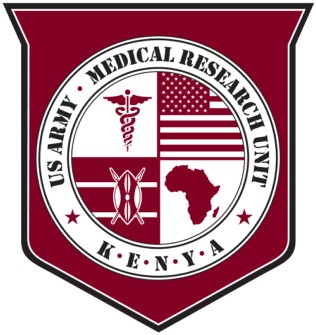


Malaria Clinical Studies
Basic Sciences
|
Muriithi-Wellde CRC |
Malaria Vaccine Trials | Malaria Drug
Study |
Previous & Proposed studies
Malaria Transmission
Since the early 1980’s studies on the epidemiology of malaria, transmission and pathogenesis, as well as testing of experimental malaria vaccines (R32LR Tox A, SPF66, RTS,S & MSP-1) and drugs (primaquine, azithromycin, atovaquone/proguanil, & tafenoquine) have been conducted in western Kenya. In addition to the malaria product development programs, other studies at the site center upon basic malarial pathophysiology (blood groups & cytokines as related to severe malaria & malarial anemia), emerging infectious diseases (diarrhea, fever & outbreak response as well as arbovirus, influenza & rift valley fever surveillance), and entomology (sandfly control, mosquito EIR, etc). In addition, a “Center of Excellence” program trains and refreshes both visiting and resident microscopists and lab technicians in advanced techniques of malaria slide diagnosis on a biannual basis.
Malaria transmission occurs all year but is maximal during the two rainy seasons. A longitudinal epidemiological study conducted in 2003-2004 in Kombewa indicated that monthly attack rates range from approximately 20% to 55% in children aged 1 to 3 years in the proposed study area (Figure 1). P. falciparum is present in over 90% of malaria cases. P. ovale and P. malariae, which together constitute less than 10% of cases, are usually present in mixed infections with P. falciparum.
The majority of the adult population gets malaria multiple times each year and is considered semi-immune. Though the prevalence of malaria is high only about 25% of infected adults become symptomatic.
Figure1 Malaria Attack Rates in Kombewa Division 2003-2004 (EPI study of 270 Children age 1-3 years)
Entomology & Vector Borne Diseases
Malaria Clinical Studies
Basic Sciences
Malaria Drug Studies
Malaria Vaccine Trials
HIV / AIDS
Research
Care and Treatment
Administration
Information Technology
Library
Center of Excellence (CoE)
Office of Regulatory Affairs
Employment
Links
Capacity Building
Visitor information
Medical Care / TRICARE
Areas of special interest
Contact Information
News & Events
USAMRU-K Mail